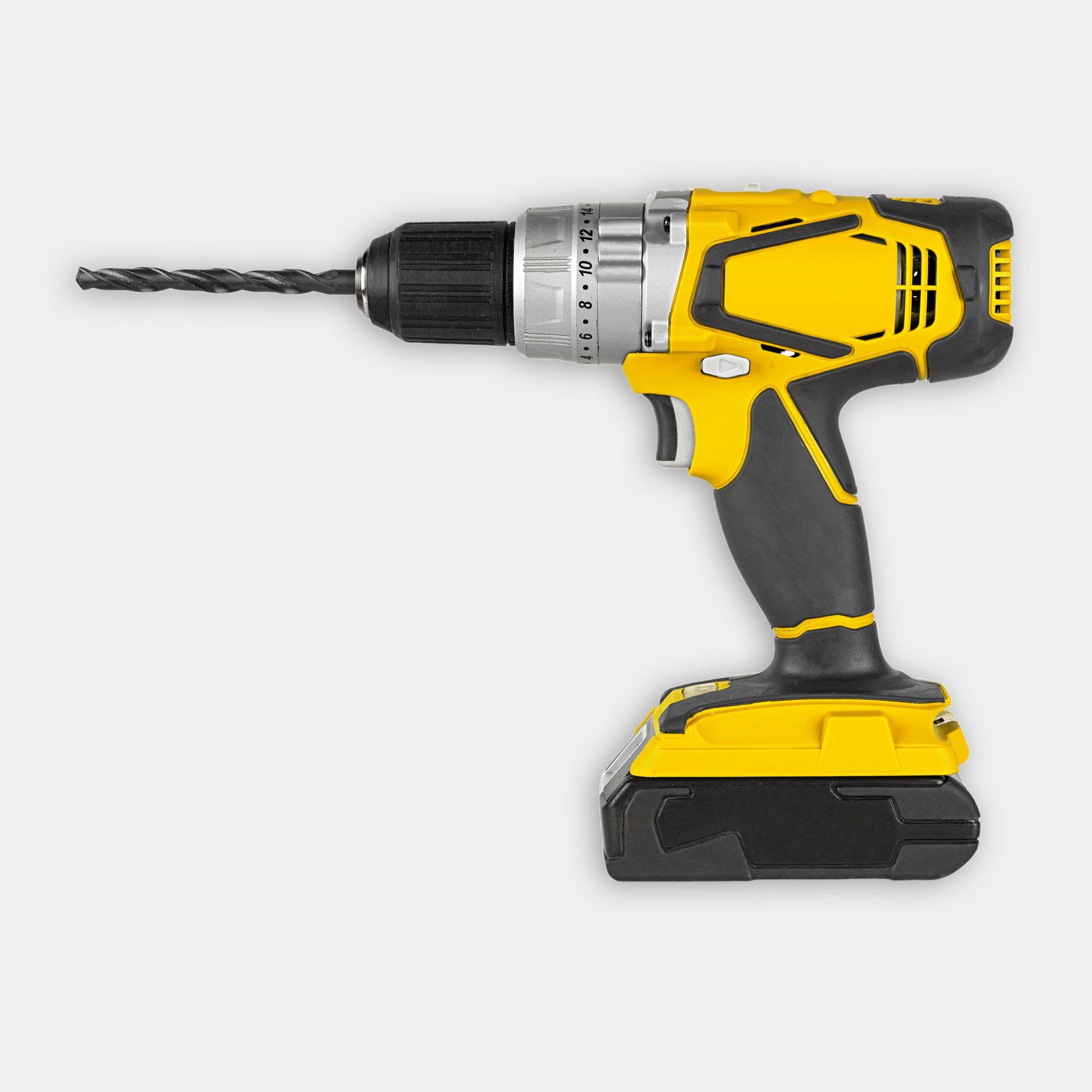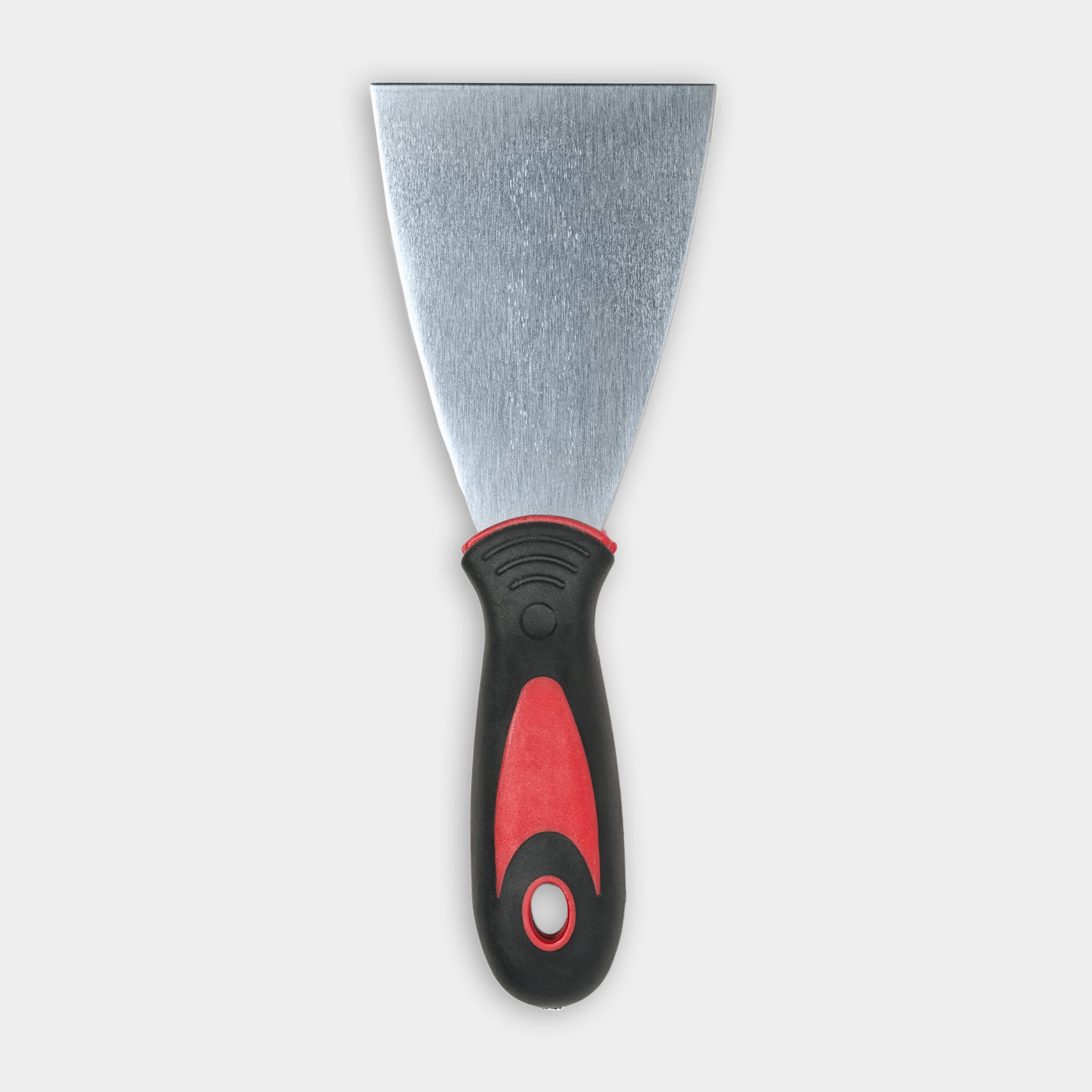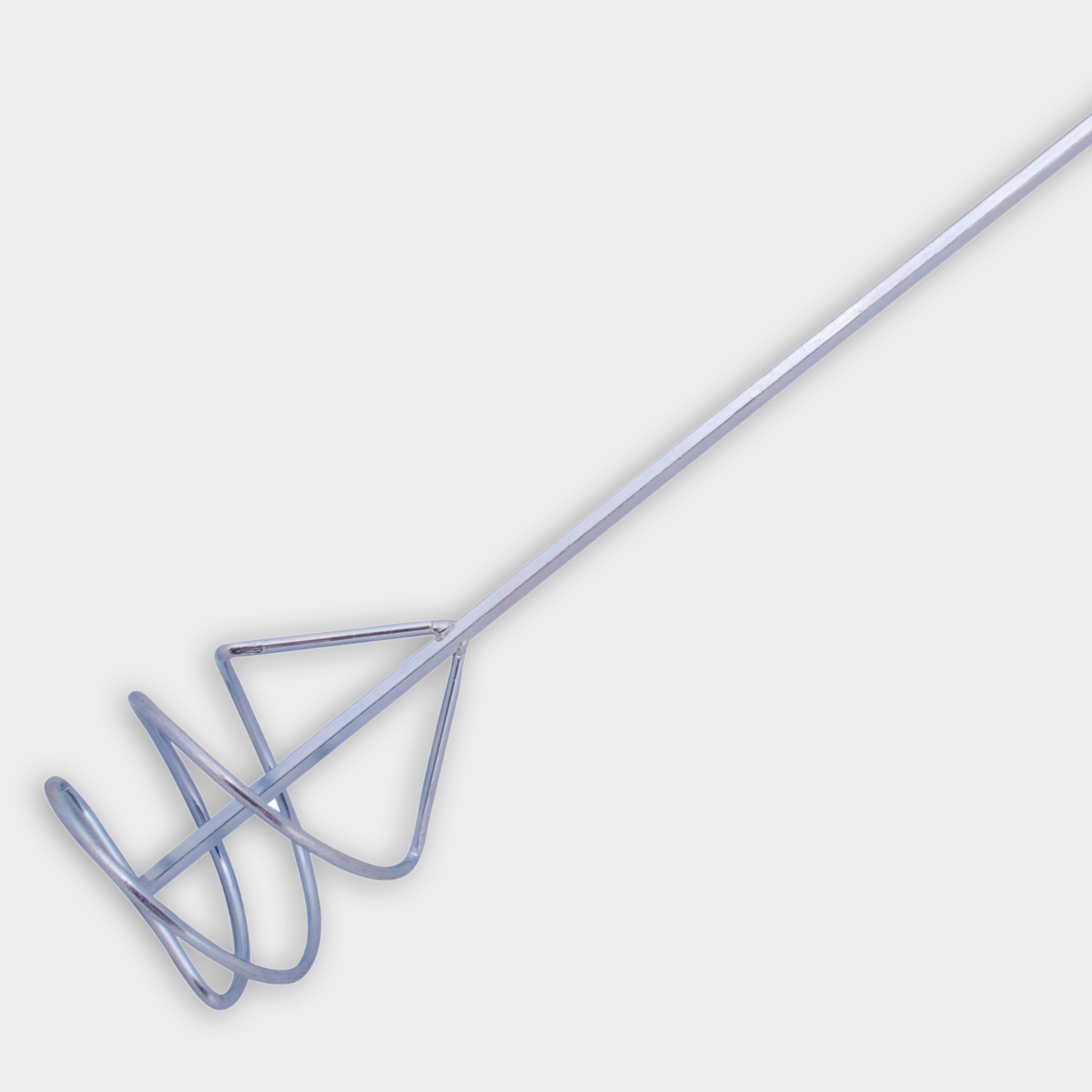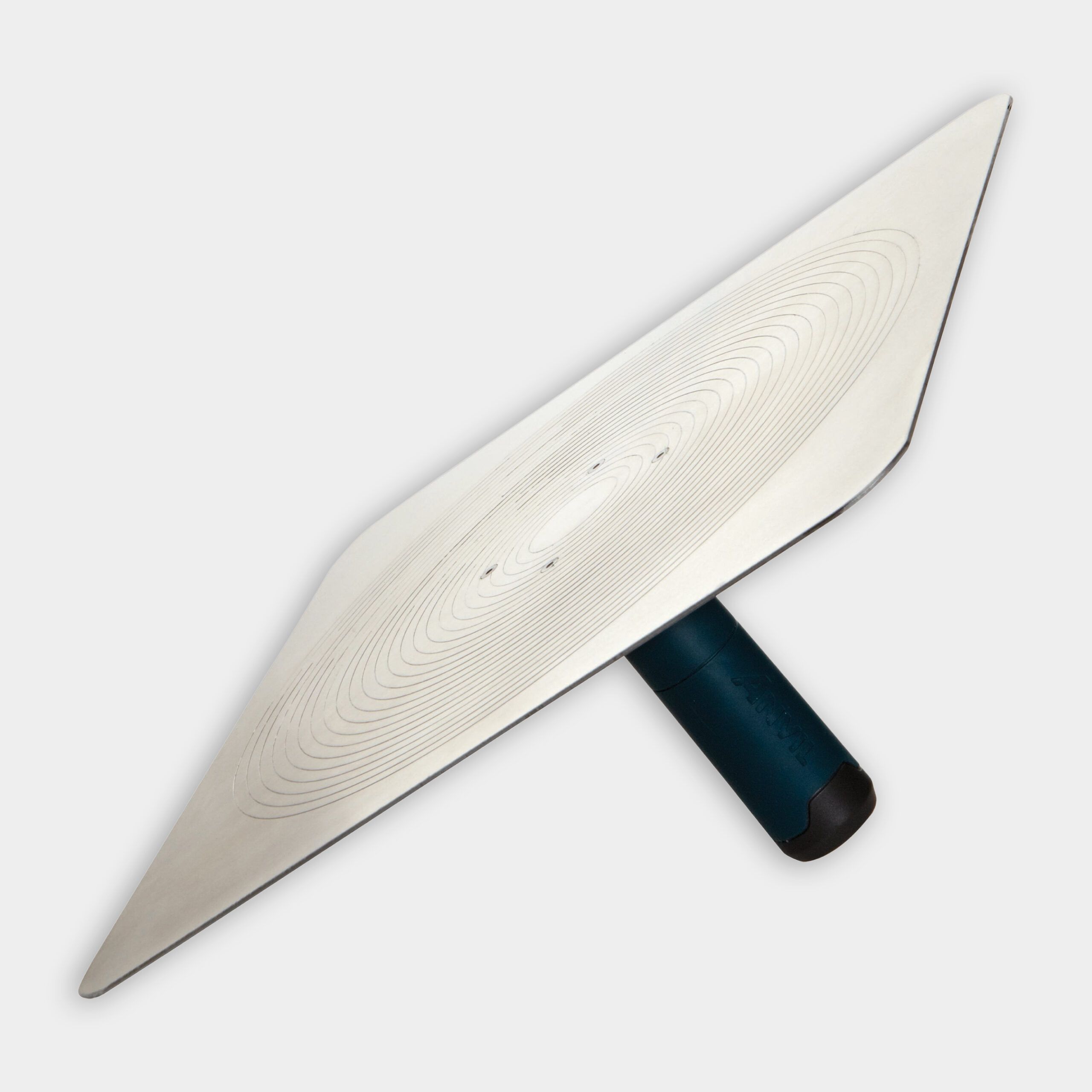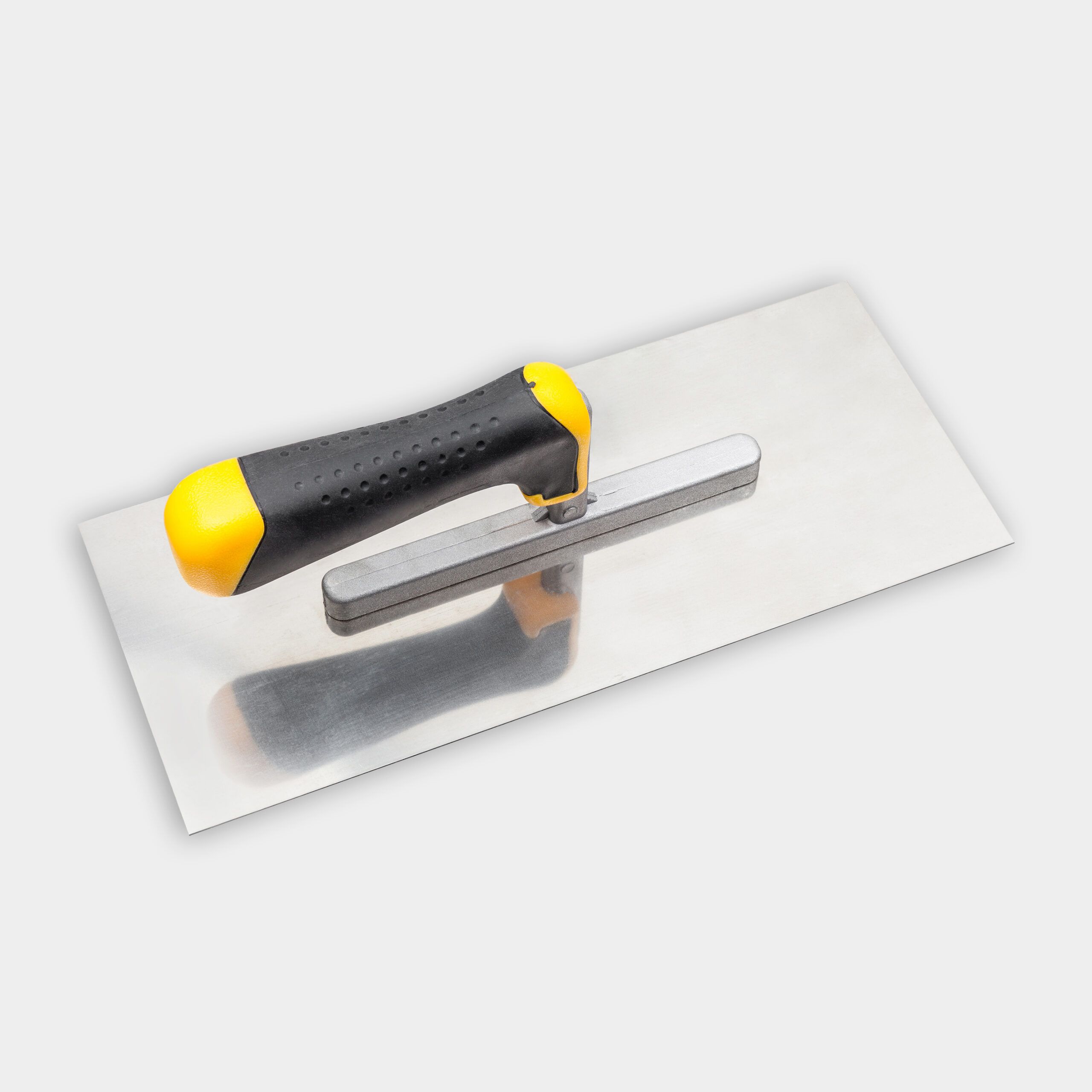We may be compensated if you purchase through links on our website. Our team is committed to delivering honest, objective, and independent reviews on home products and services.
Plaster ceilings, often found in older homes, consist of thin strips of wood nailed to ceiling joists and can develop cracks or sag over time due to settling, vibrations, or moisture damage. Repairing a plaster and lath ceiling can seem daunting, but it’s a manageable task for many homeowners with the right techniques. In this guide, we’ll discuss the process of patching and repairing your plaster and lath ceiling to restore its original beauty and structural integrity.
Assessing the Plaster and Lath Damage
Before you begin any repair work, assess the extent of the damage to your plaster and lath ceiling.
Identify Problem Areas
Understanding the extent of damage will inform the type of repairs needed, and taking detailed notes and photos of each problem area can help you keep track of the repairs for the project. Look for these signs of damage:
- Areas where the plaster feels loose when gently pressed
- Sagging or bulging sections
- Sections where the plaster has fallen away, exposing the lath
- Visible cracks in the plaster
Determine the Repair Method
Based on the extent of the damage, you’ll choose between two main repair approaches: reattaching loose plaster to the lath or cutting out damaged sections and patching them with drywall. Reattachment is often the best option for minor damage or loose plaster. For more extensive damage or areas where the plaster has completely fallen away, patching with drywall may be necessary.
Preparing for the Plaster and Lath Ceiling Repair
Gather the following tools and materials for this project:
- Drill/driver
- Drop cloths
- Drywall hawk
- Fiberglass window screen
- Finishing trowel
- Mixing paddle
- Plaster and joint compound
- Plaster washers and drywall screws
- Putty knife
- Rolling scaffolding or sturdy ladder
- 3/8-inch drywall (for patching)
- 1×3 wood strapping
Setting up Your Work Area
Here are a few ways to prepare your workspace:
- Cover the floor and furniture with drop cloths to protect them from dust and debris.
- Set up a rolling scaffolding platform or a sturdy ladder for safe access to the ceiling.
- Properly ventilate the work area by opening any windows.
- Wear safety goggles, a dust mask, and work gloves for protection.
Reattaching Loose Ceiling Plaster
For areas where the plaster has separated from the lath but is still intact, reattachment is the preferred method of repair.
Securing the Plaster
To reattach loose plaster, follow these steps:
- Use 1-by-3-inch wood strapping as a temporary support. Screw it into the ceiling joists above the damaged area.
- Gently push the loose plaster back into place using the strapping.
- Secure the plaster with drywall screws fitted with plaster washers. These washers distribute the pressure and prevent the screw heads from breaking through the plaster.
- Space the screws about 3–4 inches apart in the loose areas.
Dealing with Areas Lacking Structure
For sections where there’s no structure directly above to screw into, follow these steps:
- Attach a piece of strapping perpendicular to the existing strapping.
- Insert filler pieces of strapping in the gaps.
- Slowly tighten the perpendicular piece to push the plaster up.
- Once the plaster is in place, secure it with plaster washers and screws as described above.
Patching Severely Damaged Plaster and Lath Ceiling Areas
For sections where the plaster has crumbled or fallen away completely, patching with drywall is the most effective solution.
Preparing the Damaged Area
Cut out the damaged plaster in a clean, rectangular shape and remove any loose debris or crumbling plaster. Confirm that the lath is secure and in good condition.
Installing the Drywall Patch
Correctly installing the drywall patch results in a smooth transition between the new patch and the existing ceiling. To patch the area, follow these steps:
- Cut a piece of 3/8-inch drywall to fit the hole. This thickness will typically match the original plaster.
- Secure the drywall patch to the lath using 1 5/8-inch drywall screws.
- Ensure the patch is flush with the surrounding plaster.
Applying the Finish Coat to the Plaster and Lath Ceiling
After reattaching loose plaster and patching damaged areas, apply a finish coat to blend the repairs with the existing ceiling.
Applying the Plaster
For the best adhesion and durability, mix a batch of plaster with joint compound. Aim for a consistency similar to thick pancake batter. To apply the finish coat, follow these steps:
- Use a drywall hawk to hold the plaster mix.
- Apply the plaster with a finishing trowel, working in thin layers.
- For larger areas, embed a fiberglass screen into the first coat of plaster to prevent cracking.
- Allow the first coat to set (about 45 minutes), then apply a second coat to fill any voids.
Smoothing and Blending
To achieve a smooth, seamless finish, use a felt pad to blend the new plaster with the existing ceiling surface. Work in circular motions to smooth out any high spots or ridges, and allow the plaster to dry completely before painting or texturing.
Addressing Special Cases of Plaster and Lath Ceilings
While the above methods cover most plaster and lath ceiling repair scenarios, some unique situations may require additional attention.
Working Around Fixtures
If there are light fixtures, ceiling fans, or other mounted objects in the damaged area, carefully remove or work around these fixtures to achieve a thorough repair.
Dealing with Extensive Water Damage
If your ceiling has extensive water damage, address the source of the water intrusion first. Repairing the ceiling without fixing the underlying issue will only lead to further damage and more expensive repairs or replacements.
Historical Preservation
For homes with significant historical value, you may want to consult a preservation expert to ensure that your repairs maintain the home’s integrity and value.
Preventive Measures To Prevent Ceiling Damage
Here are a few ways you can prevent damage from occurring:
- Control indoor humidity and temperature: Sudden changes in indoor humidity levels and temperature can stress plaster and lath ceilings, leading to cracks and damage.
- Schedule a regular inspection: Regularly inspect your plaster and lath ceilings for signs of damage. Early detection can make repairs easier and prevent more significant problems.
- Seal leaks promptly: Address any roof or plumbing leaks immediately to prevent water damage to your ceilings.
Patching a plaster and lath ceiling requires patience and attention to detail, but it’s a project that can drastically improve your home’s interior. Effective ceiling repair not only enhances your home’s beauty but also maintains its value and structural soundness.
Resources:
You can find the ceiling washers, drywall board, plaster, joint compound, fiberglass window screen, trowel, 13×13-inch magnesium hawk, and felt pad brush at home centers and hardware stores.
